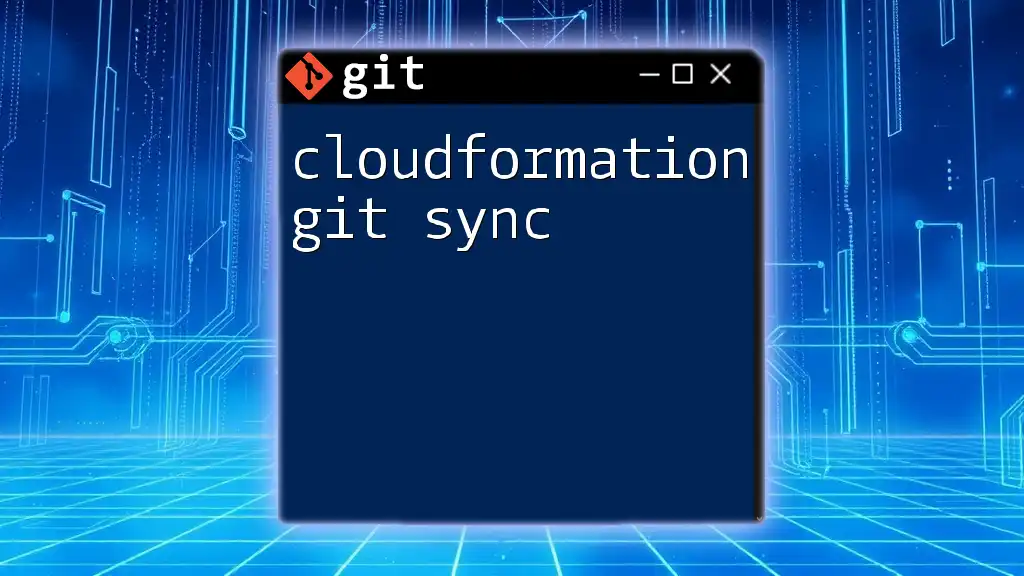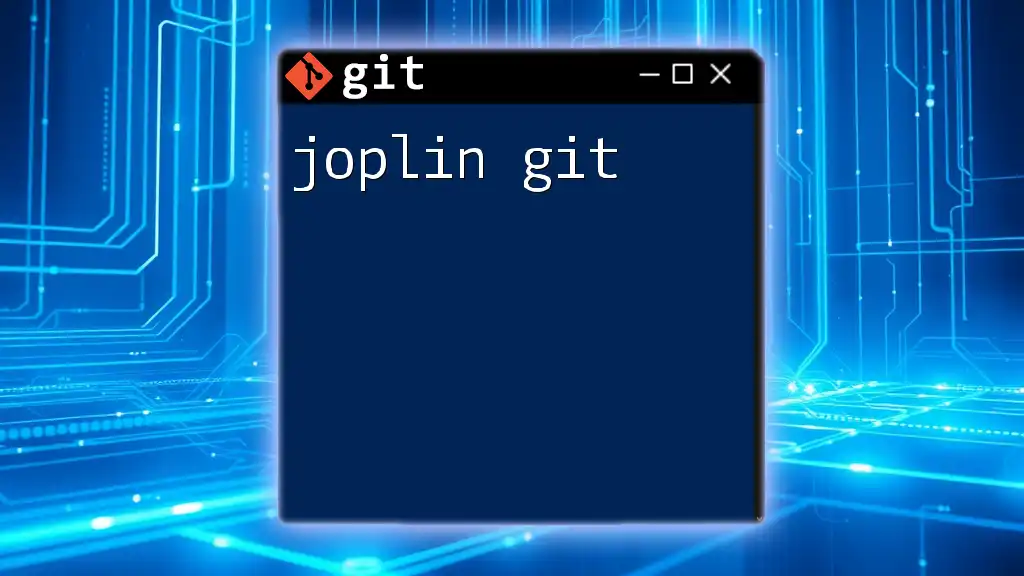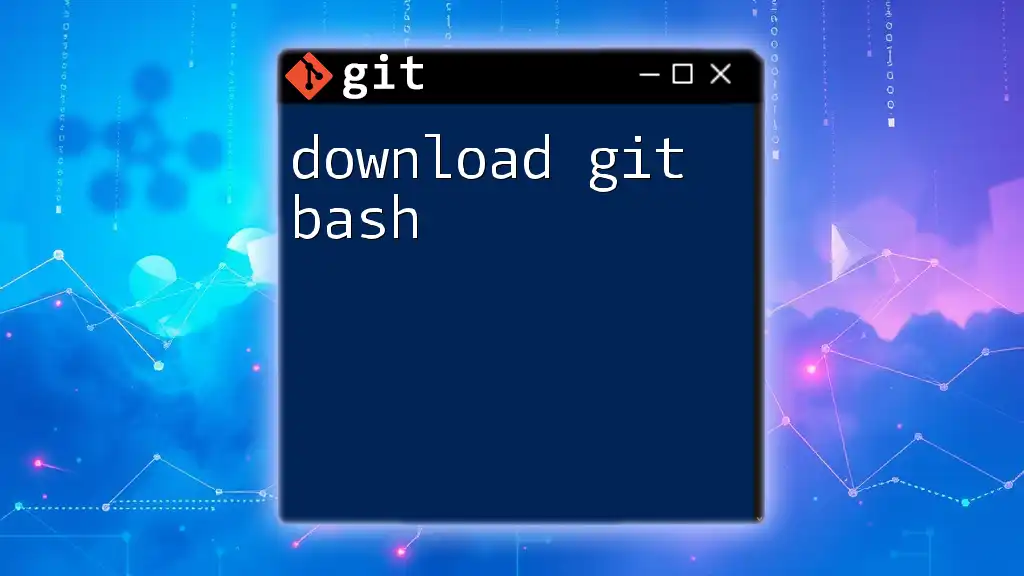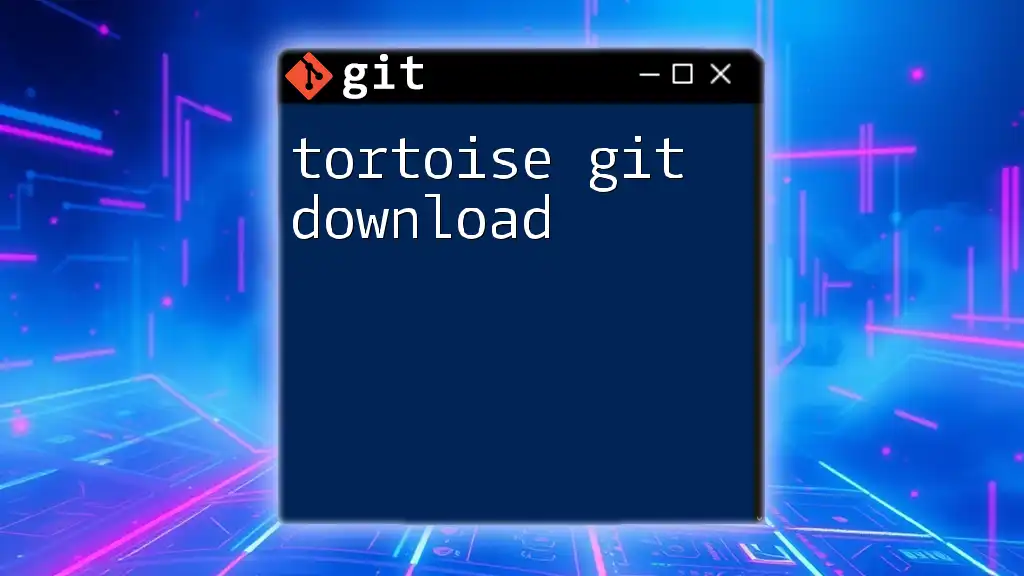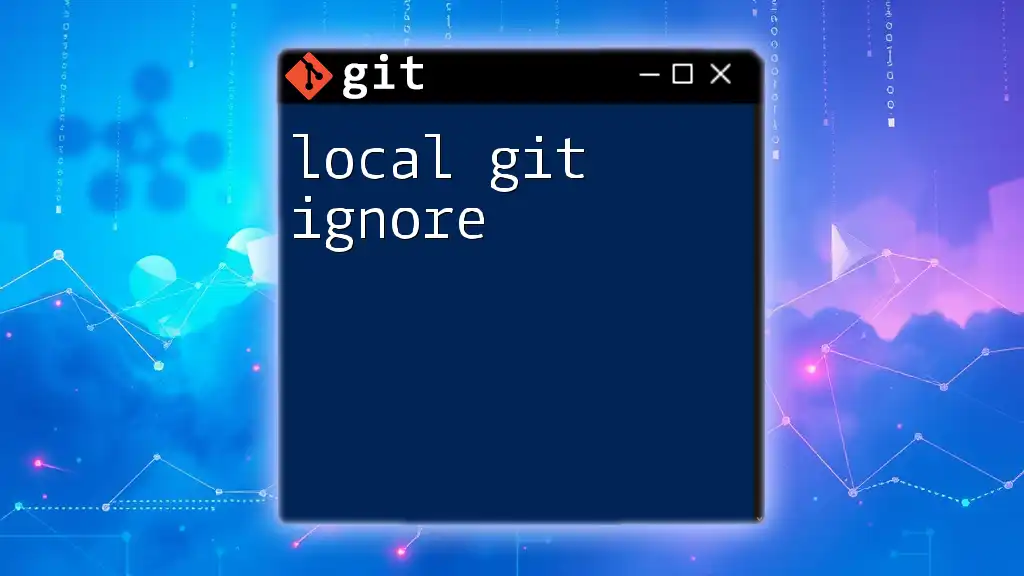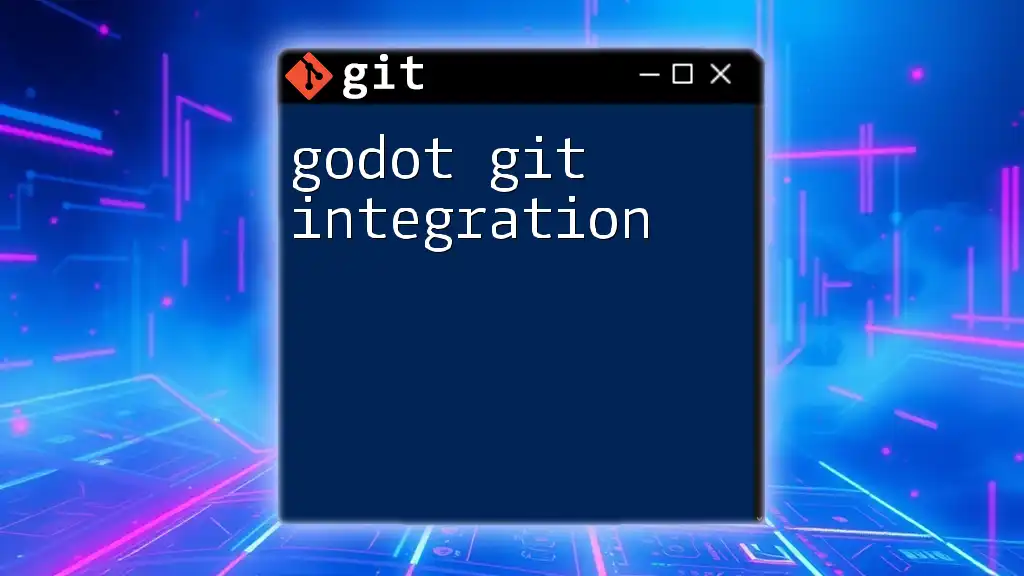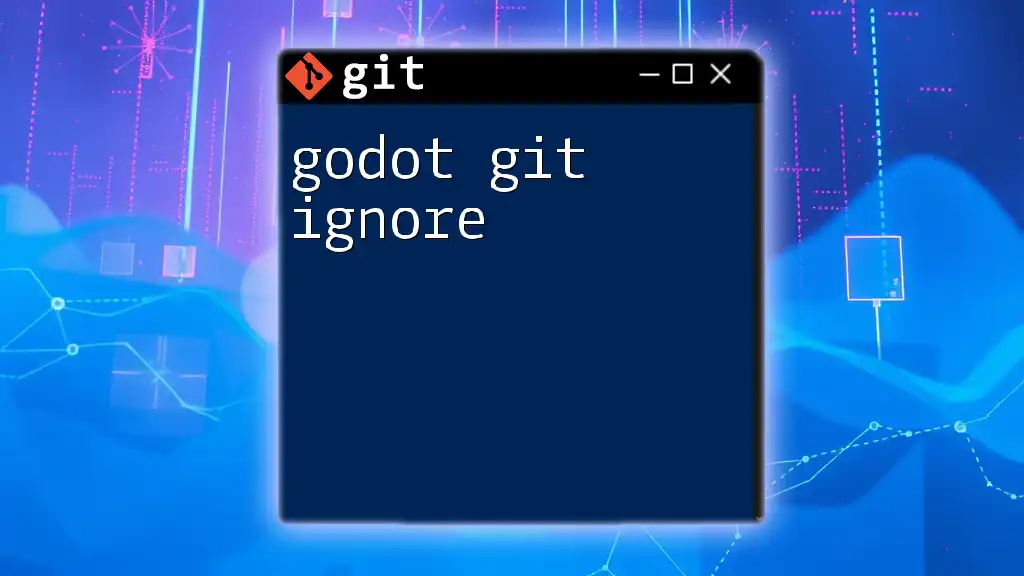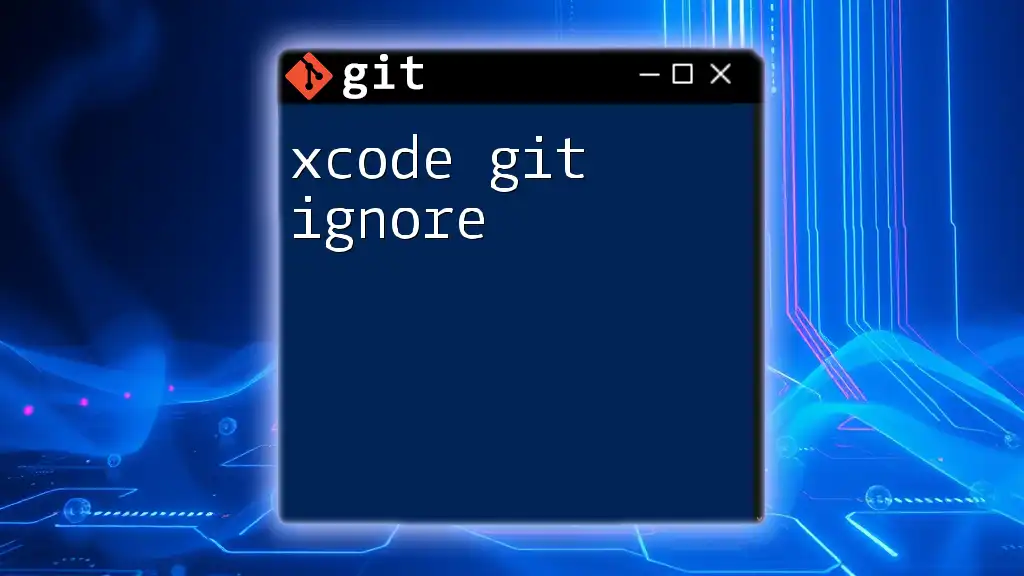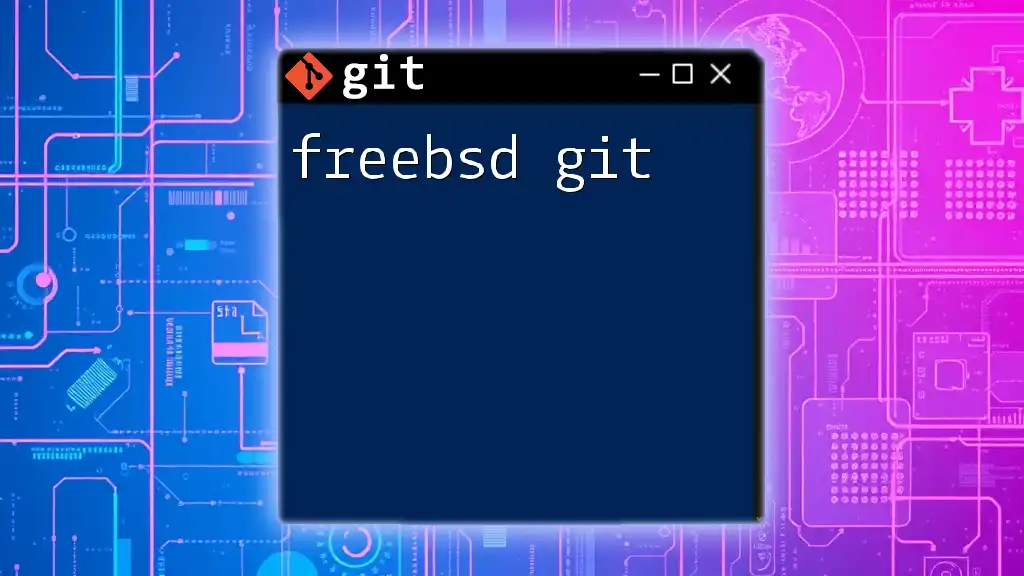"Obsidian Git" is a plugin for the Obsidian note-taking app that allows you to synchronize your notes using Git commands on iOS devices efficiently.
Here's a simple command to initialize a new Git repository in your Obsidian vault:
git init
What is Obsidian?
Obsidian is a powerful knowledge base that works on local Markdown files. It serves as a personal note-taking and knowledge management tool that allows users to build connections between their notes through links, tags, and a dynamic graph view. With features like backlinks and an extensive plugin ecosystem, Obsidian empowers users to maintain complex information effectively.
Understanding Obsidian's Features
Obsidian utilizes Markdown, a lightweight markup language that enables users to format text easily without complicated markup tags. This support allows for structured notes that are visually appealing and easy to edit.
The graph view is one of Obsidian's standout features, displaying your notes and their connections in a visually engaging manner. This feature provides insights into how your thoughts are interrelated, fostering deeper understanding and creativity.
Furthermore, Obsidian is fully customizable through plugins. These allow users to enhance functionality according to their unique needs, from daily notes to Kanban boards.
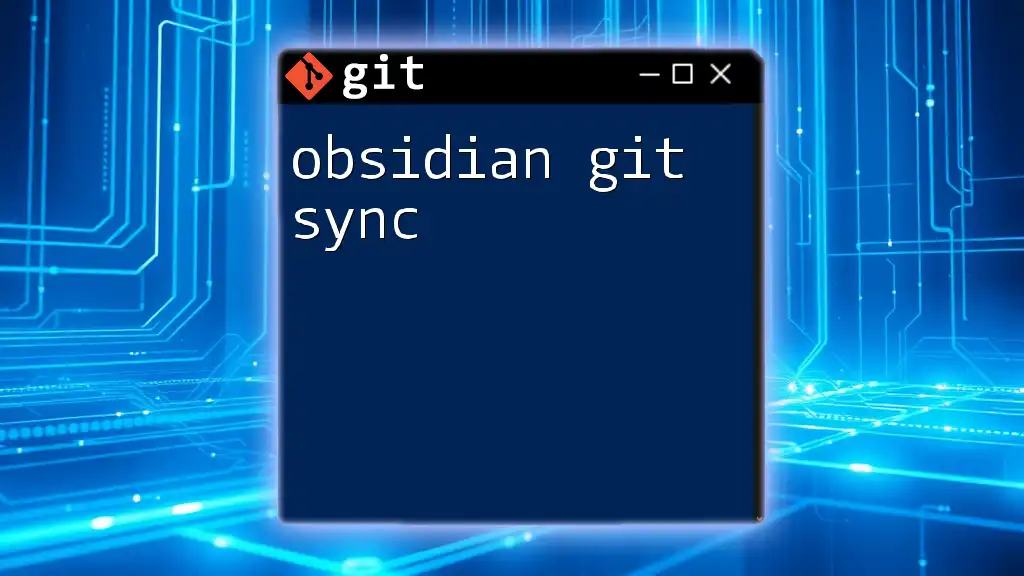
Introduction to Git
What is Version Control?
Version control is a system that records changes to files over time. It is essential for collaborative projects, enabling multiple users to work on a single file without overriding each other's contributions. Understanding the basic terms in Git—such as repository, commit, branch, and merge—is vital for harnessing its full potential.
Why Use Git with Obsidian?
Integrating Git into your Obsidian workflow offers significant advantages in managing notes. With Git, you can track changes to your notes over time, allowing you to revert to previous versions or review the history of your modifications. This is particularly useful for academic work, personal projects, or collaborative efforts where you want to preserve the original context of your ideas.
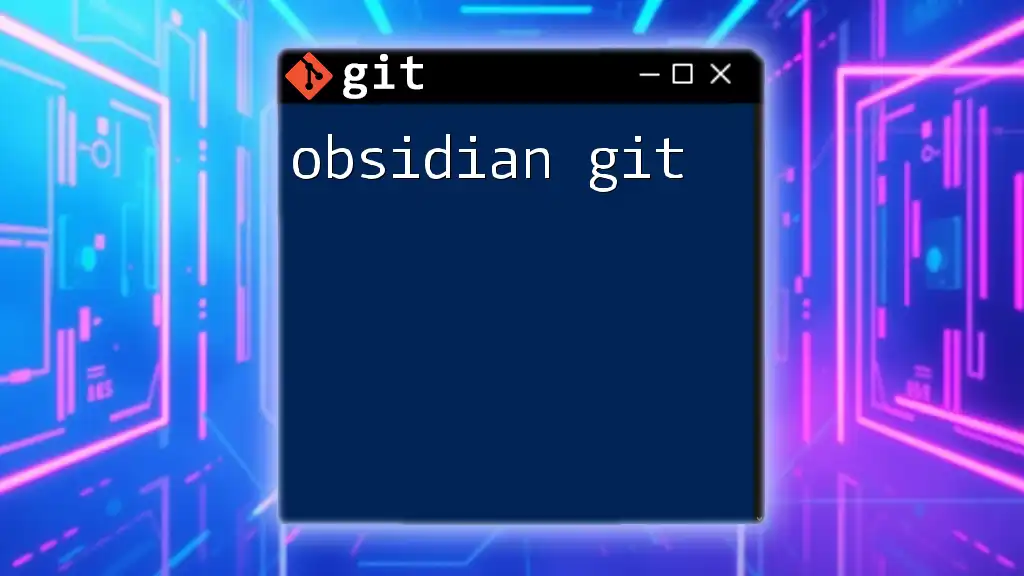
Setting Up Git for Obsidian on iOS
Prerequisites
To start using Git with Obsidian on iOS, ensure you have Git installed on your device and the Obsidian app. Installing Git can vary based on your setup, but available documentation can guide you through this process.
Once Git is installed, download the Obsidian app from the App Store. Familiarize yourself with its interface as you'll be working primarily within it.
Configuring Your Repository
To integrate Git into Obsidian, you need to create a Git repository for your notes. Navigate to your Obsidian vault, open a terminal, and run the following command:
git init
This command initializes a new Git repository in your folder. Next, you'll want to link your local repository to a remote one (like GitHub or GitLab) for backup purposes. Use the following command to add a remote repository:
git remote add origin <repository-url>
Replace `<repository-url>` with the link to your repository.
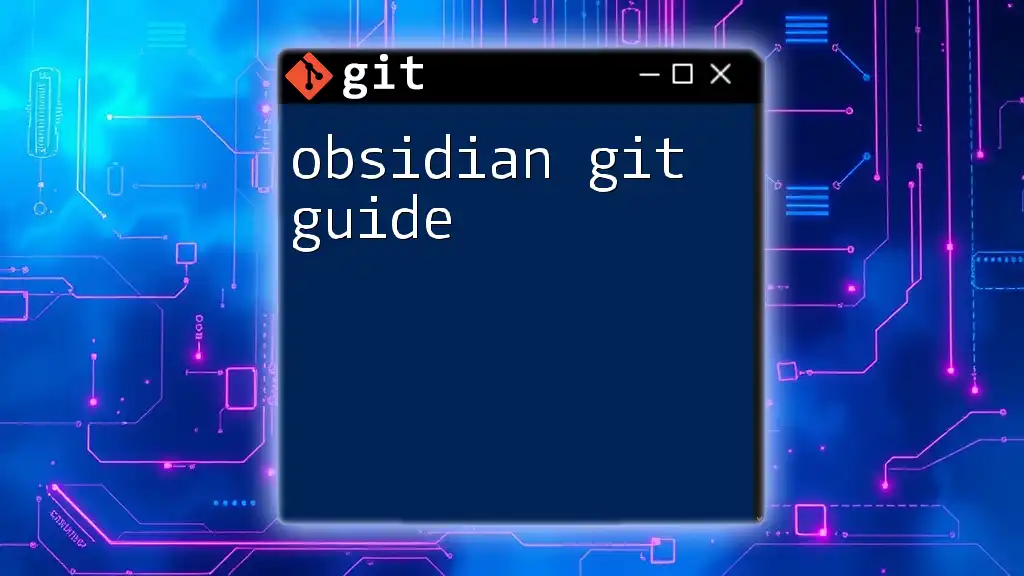
Using Git Commands in Obsidian on iOS
Basic Git Commands
Committing Changes
When you make changes to your notes, it’s essential to save those changes in Git. This process is done in two steps: staging the changes and then committing them.
First, stage all the changes with:
git add .
The `.` indicates that you want to stage all modified files in your repository. After staging, commit your changes with a clear and concise message to document your updates:
git commit -m "Your message here"
Using meaningful commit messages helps you, and others understand the history of modifications.
Branching and Merging
Creating branches in Git allows you to work on new features or changes without affecting the main codebase. This separation enables clear organization of different ideas or projects.
To create a new branch, use the following command:
git branch <branch-name>
Once you have your branch, switch to it with:
git checkout <branch-name>
After completing your changes, you can merge them back into the main branch. Ensure you're on the main branch and run:
git merge <branch-name>
Pulling and Pushing Changes
To keep your local repository in sync with the remote one, use Git’s pull command to fetch and merge changes:
git pull origin master
And when you're ready to share your changes, push your local commits to the remote repository with:
git push origin master
Pushing your changes makes them available in the shared repository, ensuring that collaborators have access to your latest work.
Handling Merge Conflicts
Sometimes, when merging branches, you may encounter merge conflicts. These occur when Git cannot automatically reconcile differences between two branches. Common causes include simultaneous edits to the same line of a file.
To identify conflicts, run:
git status
This command shows which files are affected. Resolve the conflicts by editing the affected files directly, then stage and commit your changes to complete the merge:
git add <resolved-file>
git commit -m "Resolved merge conflict"
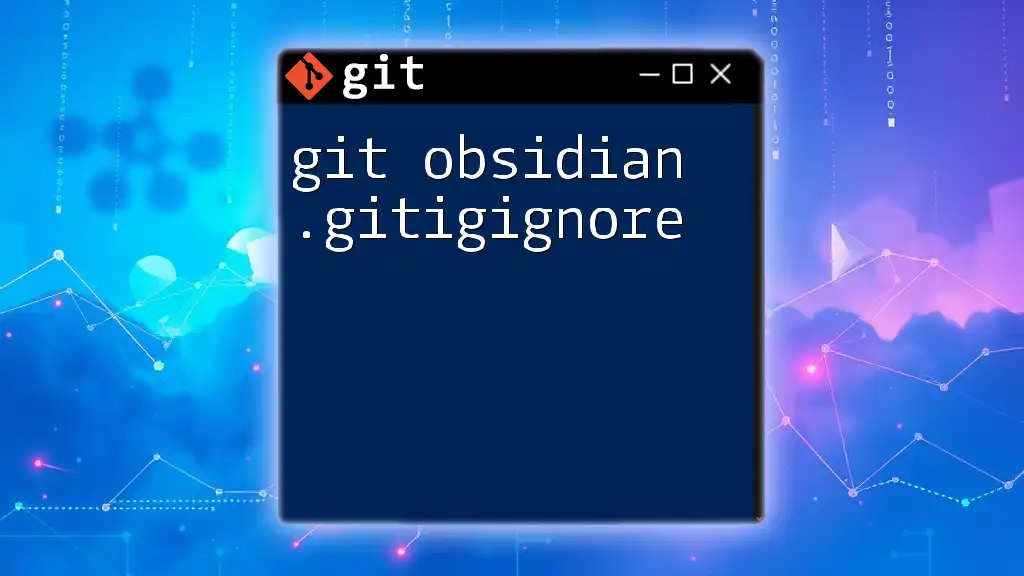
Advanced Tips for Using Git with Obsidian on iOS
Enhancing Workflow with Aliases
Git allows users to create aliases for commonly used commands, making your workflow more efficient. By configuring aliases, you can shorten your command inputs.
To create a Git alias, use:
git config --global alias.co checkout
Now, instead of typing out `git checkout`, you can simply use `git co`.
Backup Strategies
To safeguard your notes, adopt a regular backup strategy. Use Git to commit changes frequently, and consider automating this process with a script that regularly checks for changes and commits them.
A simple shell script could look like this:
#!/bin/bash
cd /path/to/your/obsidian/vault
git add .
git commit -m "Regular backup"
git push origin master
Scheduling this script to run at regular intervals can ensure your data is consistently backed up without manual effort.
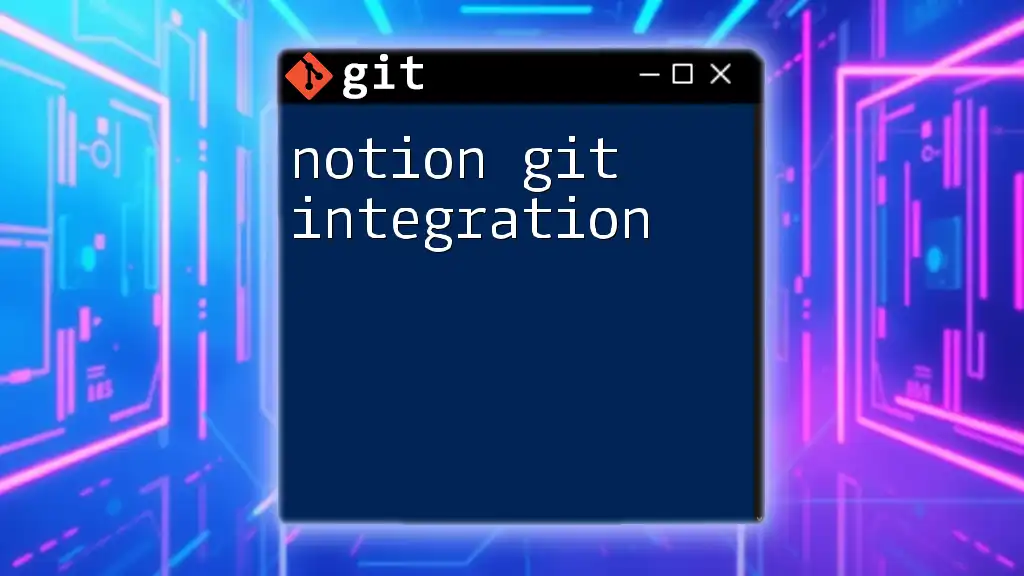
Conclusion
Using Obsidian Git iOS offers a substantial level of control over your notes and ideas by marrying the power of version control with an intuitive note-taking app. Not only can you track changes, but you also ensure that your work is backed up, easily shareable, and collaborative. By integrating these tools into your workflow, you empower yourself to manage your knowledge sustainably and effectively.
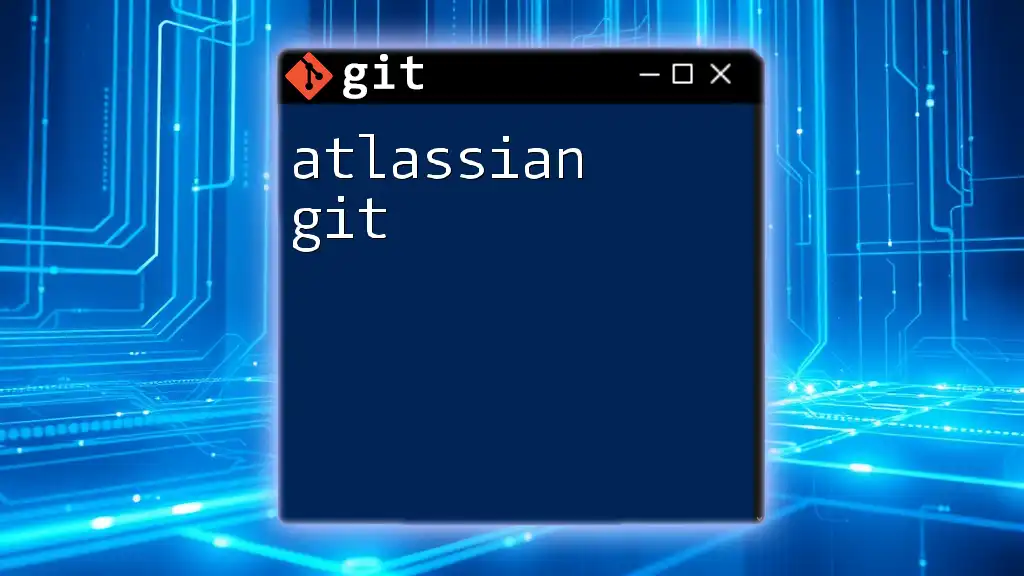
Additional Resources
For further learning, refer to the documentation for both [Obsidian](https://obsidian.md) and [Git](https://git-scm.com/doc). Engaging with communities through forums or support channels can also provide valuable insights and tips.
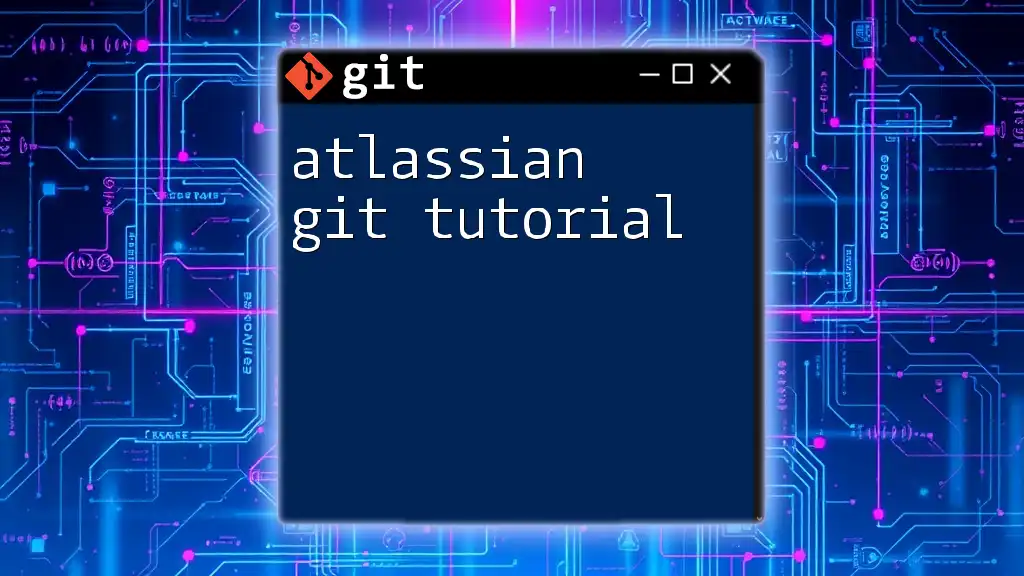
Call to Action
If you found this guide helpful, consider subscribing to our service for more tips and tricks on using Git effectively. Visit our website to explore additional modules to master Git, making your data management and projects a breeze!







